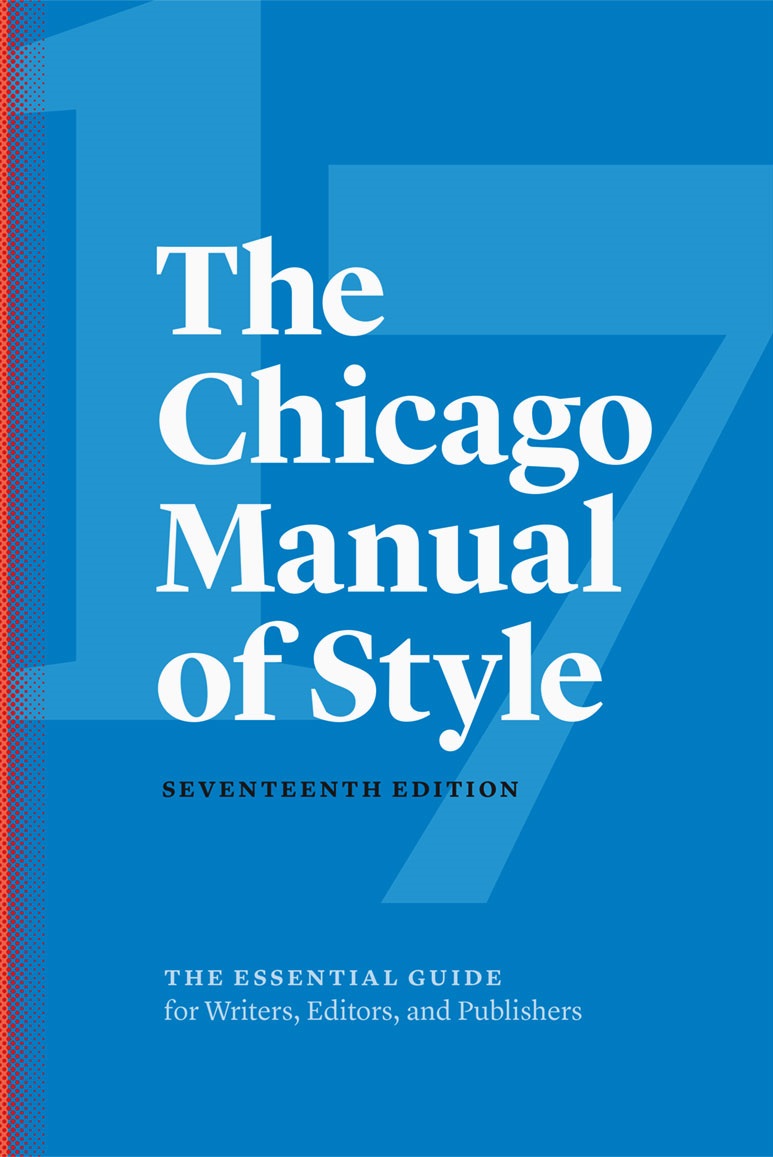Notes-Bibliography System (Humanities)
-
Use a footnote or endnote to acknowledge that you are quoting or paraphrasing another author's words or ideas in the text of your research paper.
-
Place a super-text number at the end of a quote or paraphrased section.* Citation numbers should appear in sequential order.
-
Create a footnote at the bottom of the page. (See the Microsoft Word Template section below for directions on how to do this in your paper.)
-
The first footnote for a source contains the author, title, publication information, and page number(s). The remaining footnotes (shortened notes) for the same source contain only the author, title, and page number(s).
- Here are some examples.
Author-Date System (Sciences)
-
Use an in-text citation to acknowledge that you are quoting or paraphrasing another author's words or ideas in the text of your research paper.
-
The in-text citation appears in parentheses and includes (Author's Last Name(s) Year of Publication, Page Numbers)
- Here are some examples.
Bibliography (Required for both systems above!)
- Include a reference list at the end of your paper. The list should begin on a new page and contain a full citation for each in-text citation referenced within your paper.
- Leave two blank lines between your bibliography title and the first citation.
- Citations should be single-spaced with a hanging indent. Leave one blank line between each citation.
- Each full citation should include the specific publication information required by Chicago rules. This allows your reader to find the sources, if desired.
- Arrange the citations alphabetically by the first word in each entry. This is usually the author's last name but may be the title if the source has no author.
- The way a bibliographic entry is structured will be the same regardless of which in-text citation style you use, with one exception: if you used author-date as your in-text citation style, you will place the publication date immediately after the author section, as opposed to at/near the end. This makes it easier for readers to find the appropriate citation in your reference list.
- Learn more about the Chicago style bibliography.
